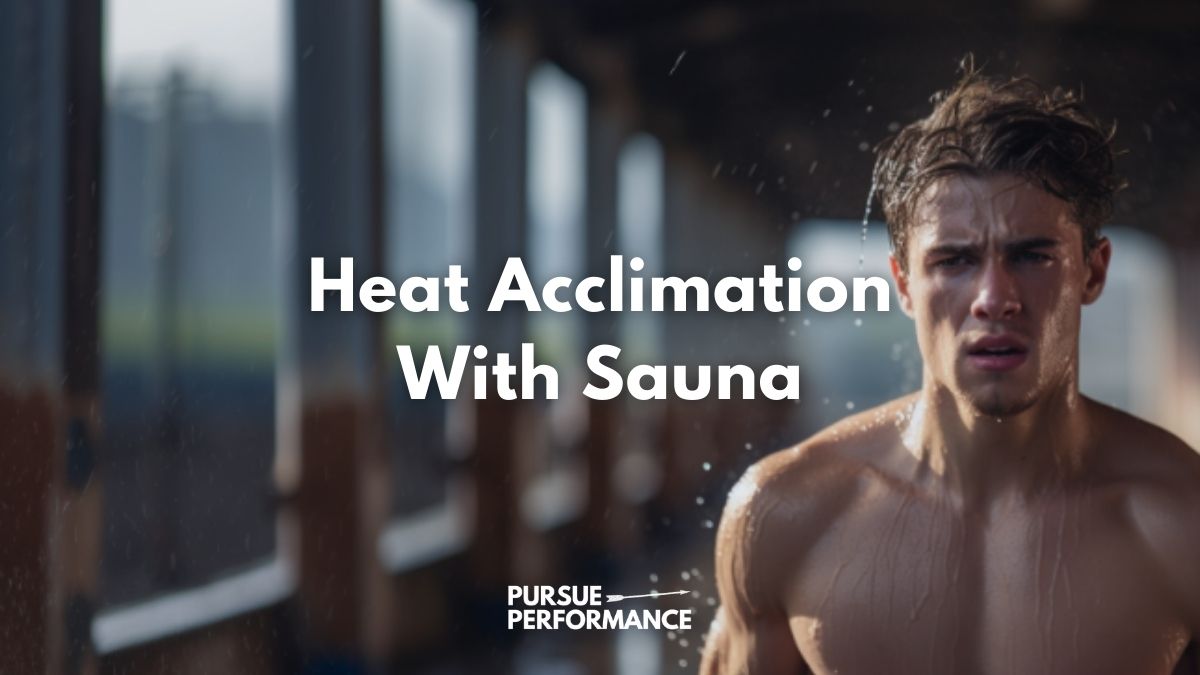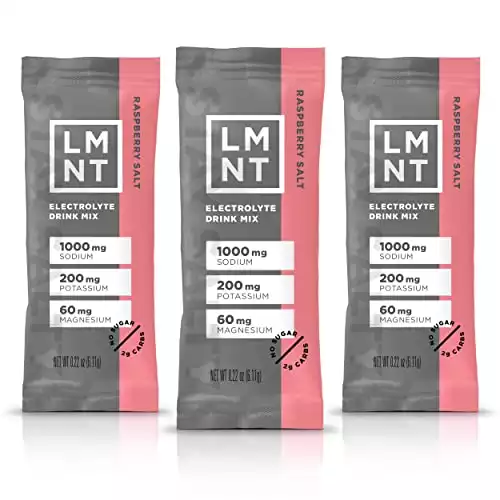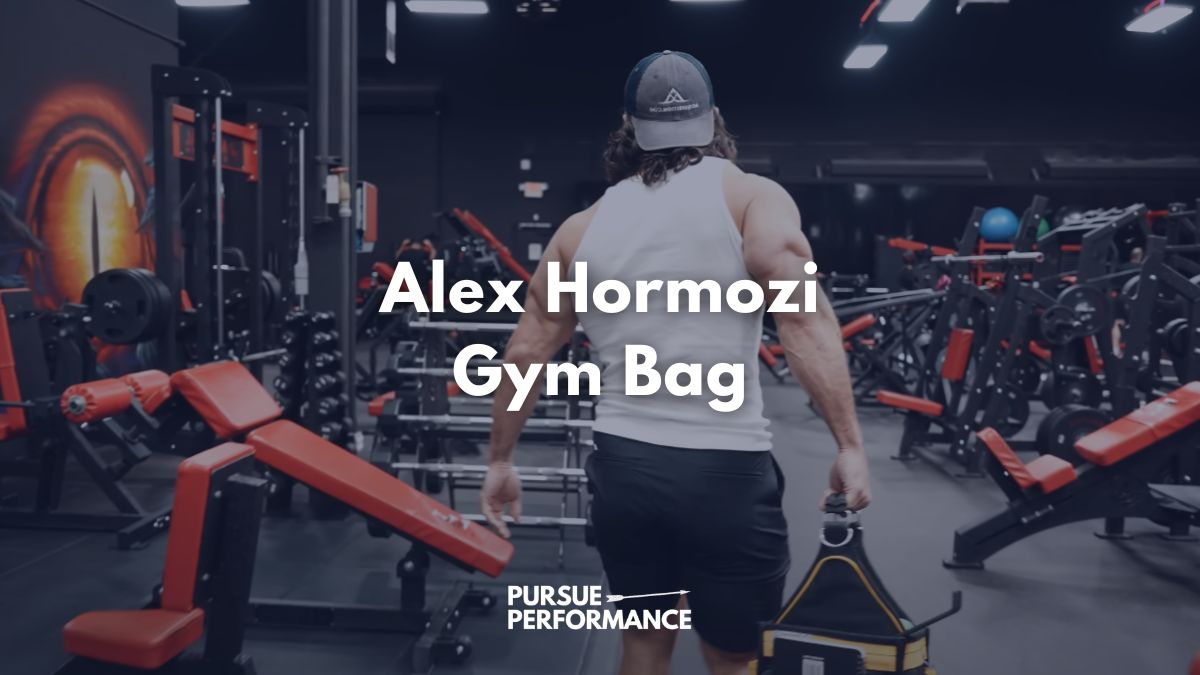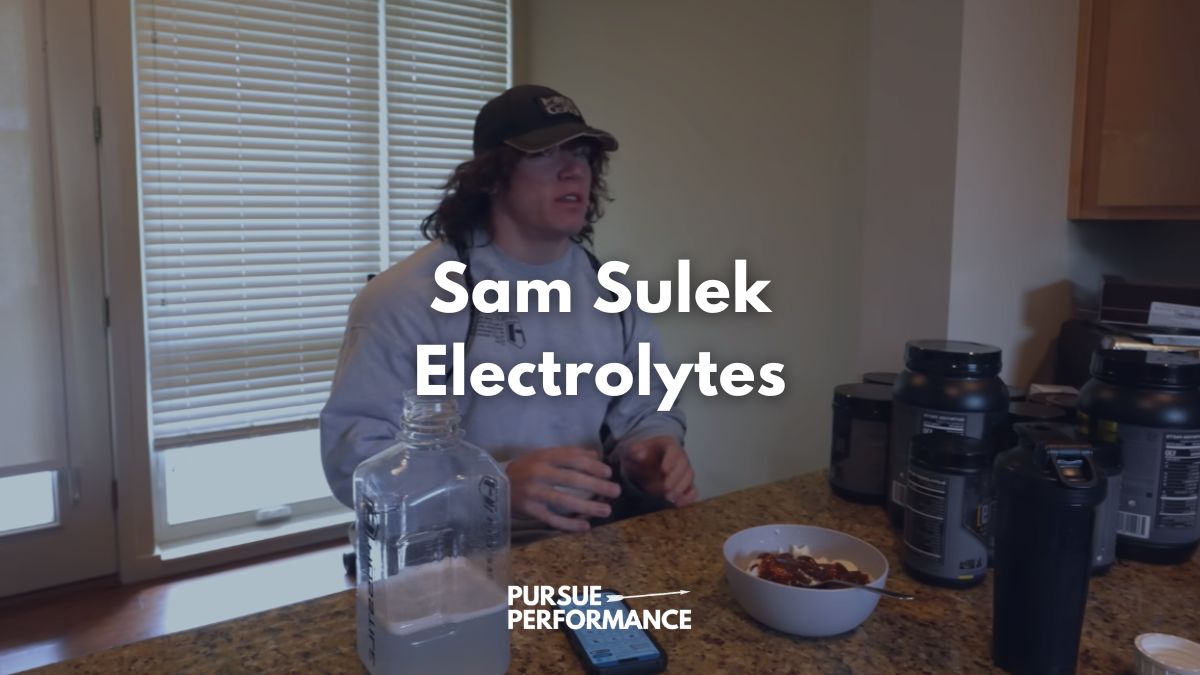Heat acclimation

It involves exposing the body to high temperatures for a prolonged period to help it acclimate to heat stress.
The idea is that by regularly exposing the body to high temperatures, it will become more efficient at regulating its temperature, which can lead to numerous health benefits.
In this post, we’ll cover the key benefits of
Let’s get started!
Key Takeaways
- Heat acclimation is the process by which the body adapts to high temperatures.
- Sauna is one of the most effective ways to induce heat acclimation.
- Regular exposure to high temperatures can lead to numerous health benefits.
Understanding Heat Acclimation
In simple terms, heat acclimation is a process of gradually exposing the body to higher temperatures
This leads to physiological adaptations that help the body cope with heat stress.
The process brings about a number of physiological adjustments, including a reduction in resting core body temperature, increased sweat rate, and increased blood volume.
Importance of Heat Acclimation
Heat acclimation has several benefits, including improved athletic performance, reduced risk of heat-related illness, and improved cardiovascular function.
It is especially important for athletes who compete in hot and humid environments, as it can help them maintain their performance and reduce the risk of heat exhaustion or heat stroke.
Additionally, heat acclimation can help individuals tolerate hot weather better and reduce the risk of heat-related illnesses in daily life.
Research shows that heat acclimation can be achieved through various methods, including
The Andrew Huberman Sauna Protocol is a popular method that involves gradually increasing the time spent in the
Related: CO2 Tolerance Test: A Comprehensive Guide
Sauna and Heat Acclimation
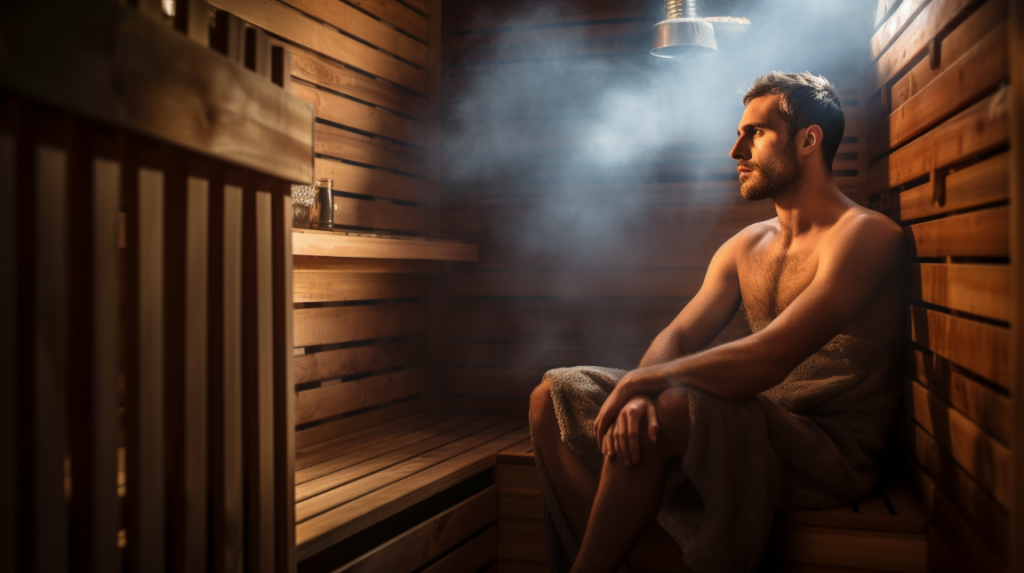
In this section, we will discuss the role of saunas in heat acclimation and the different types of saunas.
Role of Sauna in Heat Acclimation
Studies have shown that
Sauna can also prepare the body for exercise in hot environments.
This is because heat acclimation can improve exercise performance in hot conditions by reducing the body’s core temperature, heart rate, and sweat rate.
Different Types of Saunas
There are several different types of saunas, including traditional Finnish saunas, infrared saunas, and steam rooms.
Traditional Finnish saunas are the most common type of
Infrared saunas use infrared light to heat the body, while steam rooms use moist heat to warm the body.
Each type of
Traditional Finnish saunas are the most well-studied and have been shown to improve cardiovascular health and immune function.
Infrared saunas are thought to be more effective at penetrating the skin and improving circulation, while steam rooms can be more relaxing and help clear the sinuses.
Related Posts:
How to Heat Acclimatize with Sauna
Below, we put together a one month plan based on the most recent science on this topic.
We recommend using a dry
Feel free to use this weekly guide and make adjustments as necessary so you are not overdoing the frequency or heat intensity at any point.
Listen to your body!
| Week | Frequency (Sessions/Week) | Duration per Session | Temperature Setting | Notes |
|---|---|---|---|---|
| 1 | 3 | 5-10 minutes | 160°F | Begin with shorter sessions to assess tolerance. Stay hydrated. |
| 2 | 3-4 | 10-15 minutes | 165°F | Gradually increase duration. Monitor body response. |
| 3 | 4-5 | 15-20 minutes | 170°F | Increase frequency and duration as comfort allows. |
| 4 | 5 | 15-20 minutes | 175-180°F | Maintain consistent exposure, focusing on hydration and relaxation. |
Related: Sauna Cold Plunge Routine: A Powerful Recovery Protocol
Physiological Responses to Heat

Heat acclimation through
These adaptations can be categorized into cardiovascular, thermoregulatory, and hormonal adaptations.
Cardiovascular Adaptations
During heat acclimation, the body undergoes cardiovascular adaptations to maintain adequate blood flow to the skin and muscles.
These adaptations include an increase in plasma volume, a decrease in resting heart rate, and an increase in stroke volume.
The increase in plasma volume is due to an increase in the production of the hormone aldosterone, which promotes sodium retention and water reabsorption in the kidneys.
Thermoregulatory Adaptations
Heat acclimation also results in thermoregulatory adaptations that improve the body’s ability to regulate its core temperature.
These adaptations include an earlier onset of sweating, an increase in sweat output, and a decrease in exercising and resting core temperature.
Additionally, heat acclimation can lead to an increase in the number of sweat glands and an increase in the sensitivity of sweat glands to the hormone acetylcholine.
Hormonal Adaptations
Heat acclimation can also result in hormonal adaptations that improve the body’s response to heat stress.
These adaptations include an increase in the production of heat shock proteins, which help protect cells from heat-induced damage, and an increase in the production of growth hormone, which can promote muscle growth and repair.
Benefits of Heat Acclimation through Sauna
Sauna sessions have been found to be an effective way to acclimate the body to heat stress, leading to various benefits for both performance and health.
Performance Enhancement
Heat acclimation through
Health and Longevity Benefits
Heat acclimation through
For instance,
To maximize the benefits of heat acclimation through
Related Posts: What To Do After A Sauna to Maximize Health Benefits
Safety Measures and Precautions
When practicing heat acclimation in a
Identifying Overheating
It is important to recognize the signs of overheating, which can include dizziness, headache, nausea, and fatigue.
It is also important to monitor your heart rate during your
Hydration and Electrolyte Balance
Proper hydration and electrolyte balance are essential for a safe and effective heat acclimation experience.
It is recommended to drink water before, during, and after your
- Keto & paleo friendly
- No sugar
- Optimal magnesium/potassium ratio
Related Posts:
- What to Wear in Sauna: Comfort, Safety, and Performance
- Sauna Stretches To Boost Flexibility And Recovery
FAQ
What is the recommended protocol for heat adaptation in a sauna ?
Start with a
How long does it take to acclimate to hot weather for heat training?
It typically takes around two weeks of consistent heat training to acclimate to hot weather.
What is the best heat training protocol for triathlons?
The best heat training protocol for triathlons is the
What are the benefits of using an infrared sauna for heat training?
Infrared saunas are a popular option for heat training because they provide a more gentle and tolerable heat than traditional saunas.
How long does it typically take to acclimate to heat for running?
It typically takes around two weeks of consistent heat training to acclimate to heat for running.
Is it possible to build a tolerance to sauna heat over time?
Yes, regular

